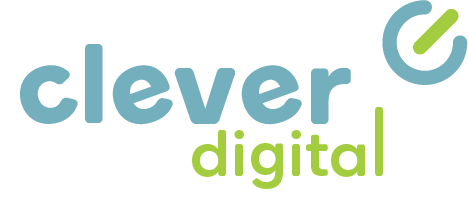Third-Party Cookies Are Disappearing - What That Means for Your Ads (And What To Do)
If you’re running Google or Meta ads for your business, this is something you need to understand.
For years, third-party cookies have been the secret sauce behind digital advertising. They’ve helped platforms like Google and Meta track user behaviour across websites, so your ads could reach the right people at the right time. But all of that is changing.
So what are third-party cookies?
Third-party cookies are small bits of data placed on a user’s browser by a website other than the one they’re currently visiting. They’ve traditionally been used for retargeting ads, tracking user behaviour, and building audience segments.
In simple terms: They’ve helped advertisers follow users around the internet.
But with increasing privacy regulations and browser updates (like Safari and Firefox blocking them, and Google Chrome phasing them out in 2024/25), the industry is moving toward a cookieless future.
What does this mean for small businesses running ads?
Here’s the short version:
Your ads may lose targeting accuracy
Your conversion tracking may break or become unreliable
You could start seeing less efficient ad spend if your setup isn’t updated
But it’s not all bad news. This shift is actually a great opportunity to clean up your data, improve tracking, and take more control over your ad performance. At Clever Digital, we’re already helping clients future-proof their advertising. Here’s what we recommend:
1. Set up proper first-party tracking
You need to collect quality data from your own website and platforms and not rely on third-party sources. We’re doing this by:
Implementing Google Tag Manager with appropriate tracking
Setting up Enhanced Conversions in Google Ads
Using Meta’s Conversions API to feed clean data back to Facebook
Ensure all Google Properties (Analytics, Ads, Search Console) are connected and talking to each other
2. Feed Google with better product data
If you run an ecommerce or product-based business, Google Merchant Center is now critical. The better your product feed and site setup, the more Google can optimise your Shopping and Performance Max campaigns - even without cookies.
3. Use strong landing pages and lead capture
With retargeting becoming harder, we’re helping clients create landing pages that:
Convert cold traffic into warm leads
Capture emails to build owned audiences
Track key actions more reliably
4. Leverage your first-party data
You’ve got a goldmine of data already - email lists, purchase history, CRM contacts. We help businesses ethically and strategically use this to:
Create high-performing ad audiences
Improve campaign targeting and results
Comply with privacy regulations
TL;DR: The cookie is crumbling - but your ads don’t have to
Google and Meta are still incredibly powerful advertising platforms. But the game has changed - and you need the right setup to stay ahead.
If you’re not sure whether your business is ready for the cookieless future, we can help.

